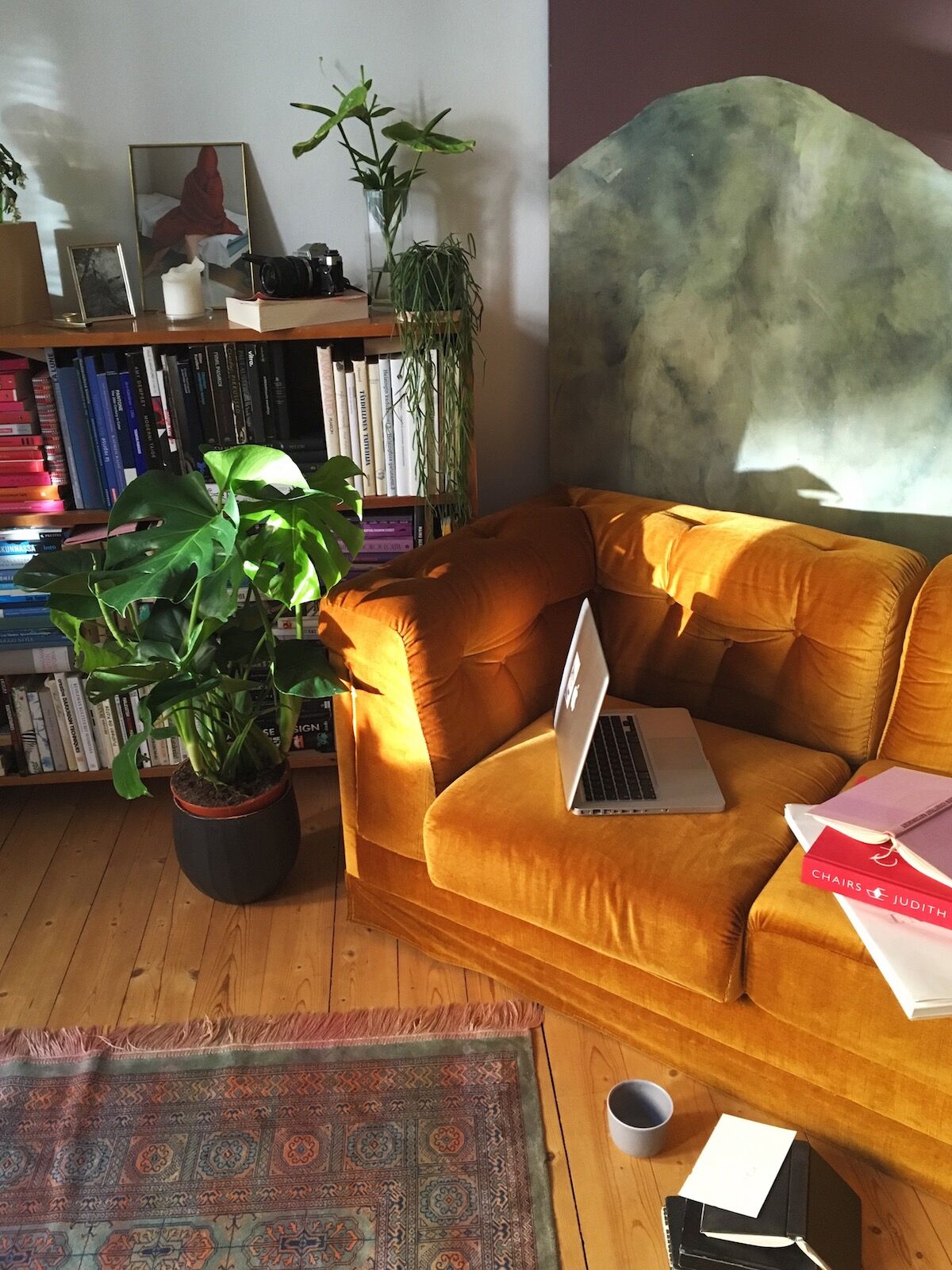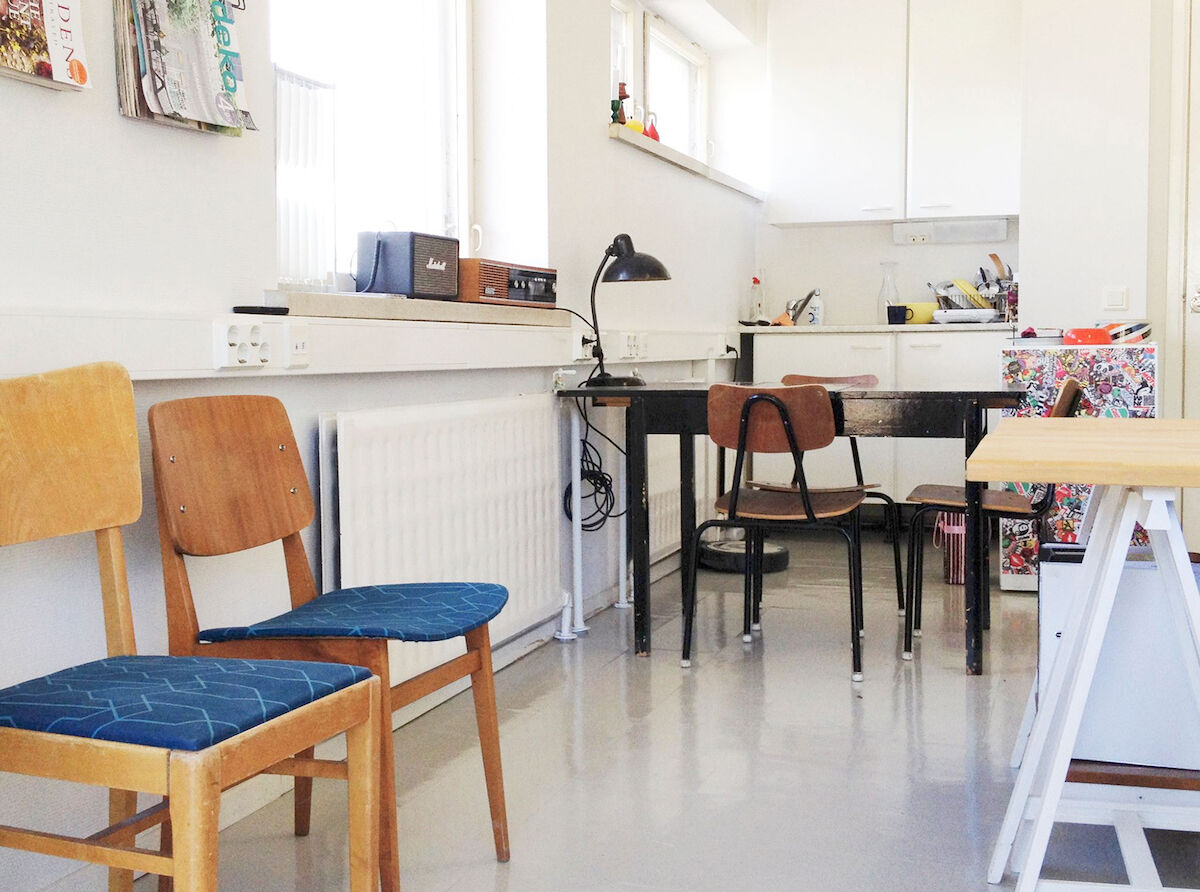The article was first published at www.artsy.net 19/6/2019 by Casey Lesser
Creativity
This New Website Helps Artists Swap Studios across the World

Courtesy of Artist Residency Swap.For artists, residency programs are often opportunities to get out of their studios and work in a new environment. Sometimes, residencies offer funding or stipends, or enticing accommodations in far-flung corners of the world. And research has suggested that traveling abroad and experiencing other cultures can make us more creative. However, artist residencies are often competitive and aren’t always accessible to all artists.“If you have a family, or you’re very young in your career, or you have disabilities, or so on, you can’t really be part of those programs,” explained Helsinki-based artist Timo Wright. He and curator Anni Fahler built a website to help more artists reap the rewards of the residency experience. Launched this spring, Artist Residency Swap allows artists to list their studios online, then connect with fellow artists and make arrangements to trade spaces and take their art practices abroad.Still in its infancy, the website currently has around 120 users from around the world. Postings include a midcentury two-bedroom in London, a jungle studio in Tulum, and a large space for painting in Manhattan.

Courtesy of Artist Residency Swap.The pair came up with the idea for the website around five or six years ago, while running a gallery in Helsinki called Unknown Cargo. Through it, they showed a range of established and emerging artists, but only revealed the artists’ names at the end of the exhibitions. Artist Residency Swap furthers this spirit of creating opportunities for underserved artists. “We’re trying to make it possible for all kinds of artists to produce their art and democratize the art scene in a way,” Wright explained.Over the last three years, Wright and Fahler interviewed artists to help determine what kind of service they should provide through Artist Residency Swap. The website needed to be easy to use, but it also needed to have a social element. Artists expressed that they wanted a platform that fostered conversations and encouraged artists to share their art scenes and communities with one another.“For many, it seemed to be important that it’s not only about swapping the physical space, but also hoping that people would share contacts or introduce them to a curator or fellow artists or the scene in that specific city,” Wright said. “Some artist residencies I’ve been to are just a space, a room somewhere, and nothing else, so you start from zero. But when somebody else is like, ‘Hey, you should meet this and this person,’ then it’s more than just a physical space.”

Courtesy of Artist Residency Swap.Modeled after sites like Home Exchange, Artist Residency Swap asks artists to make a profile for the workspace or studio they’d like to post, and their home if they so choose. Ideally, artists trade working and living spaces to facilitate the experience of being abroad, but artists are not required to list both. They can add details about the neighborhood, the nearby art scene, and the studio itself—for example, to say whether a space is good for painting or better suited for work on a laptop. Once a listing is published, artists can message each other to learn more, and hopefully, set up swaps.Wright and Fahler are currently leaving it up to the artists to work out the arrangements and coordinate with one another. They’re not even sure if artists have made any swaps thus far, as they’re not able to see artists’ conversations. While in the future, they might like to add some Airbnb-like functionality to allow artists to set up a calendar for availability, in its current state, the site is very bare bones. The founders were quick to admit they aren’t coders.That said, Artist Residency Swap is currently free for artists to use. “The nice thing about Finland is that we are blessed with a lot of different organizations that fund art,” Wright said, noting that work on the site has been backed by such funding. In future, he acknowledged that it may be necessary to charge a commission in order to grow the platform and meet the needs of users. “We’ll try to keep it free, or as cheap as possible, for as long as possible,” he added.Ultimately, Wright and Fahler hope that the platform will encourage artists to share more than just their spaces with one another, but ideas and meaningful experiences, too. “Of course, working in a new environment to do your artistic work is always really good,” Wright said, “but I hope this can give something else which is the sharing aspect of it—that the more you share, the more you get back.”Casey Lesser is Artsy’s Lead Editor, Contemporary Art and Creativity.
Thumbnail image credit (left): Denmark, Copenhagen, Nyhavn Canal. Photo by Hermes Images/AGF/Universal Images Group via Getty Images.
